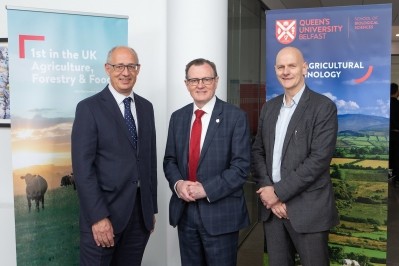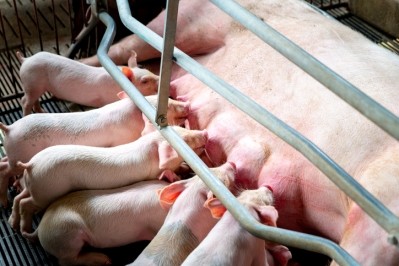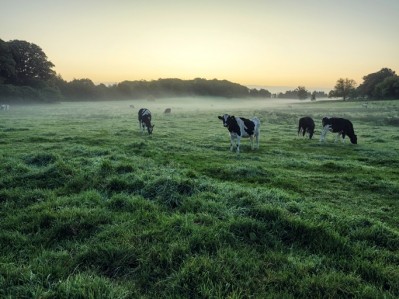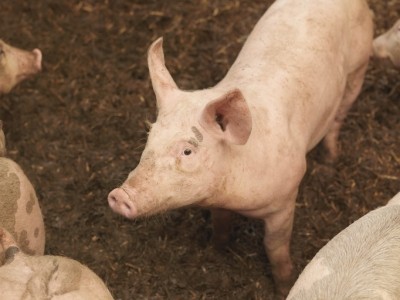Study shows big reduction in carbon footprint of British pig farms, with feed playing a key role
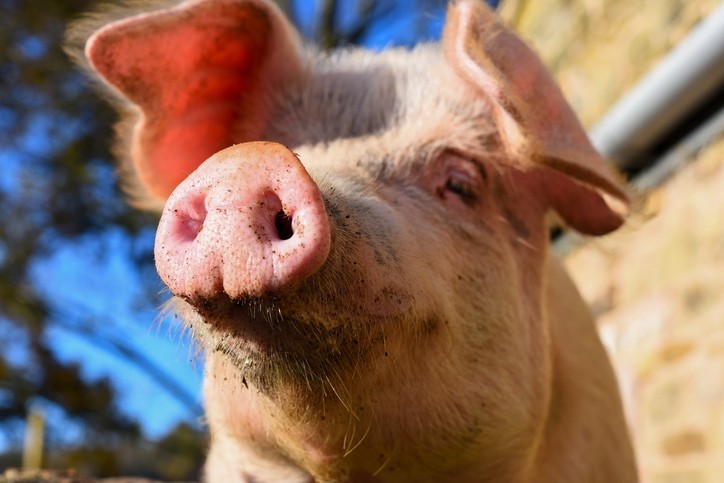
The study, funded by the EU, was led by Professor Ilias Kyriazakis from the IGFS in collaboration with other UK institutions, interrogating publicly available Agriculture and Horticulture Development Board (AHDB) on livestock systems across England, Scotland, and Wales.
Because the data on agricultural inputs was sparse, the team came up with a new research methodology in which outputs were used to retrospectively estimate inputs – a process called ‘inverted modelling’.
Northern Ireland was not included in the study. But there are plans to extend the methodology to NI in the near future.
Writing in the journal, Agricultural Systems, Kyriazakis et al commented:
“We developed a Life Cycle Assessment (LCA) method capable of dealing with sparse historical data from livestock systems. We applied it, for the first time, to estimate the temporal changes in environmental impacts of British pig production systems caused by changes in production performance.
“Performance data available from industry-held databases for indoor and outdoor bred pigs in Britain were used to estimate nutrient requirements through animal performance modelling, and feed composition through least-cost formulation.
“The cradle to farm-gate LCA model developed, included manure management and the full life cycle of the pigs and its functional unit was 1kg of live weight pig at farm-gate. Sensitivity analyses were conducted to investigate the potential influence of changes in animal performance and feed prices on the estimated changes in environmental impacts.”
Findings
The team saw that higher growth rates and increased leanness over the period considered led to substantial reductions in energy requirements.
Changes in animal performance due to breeding for leaner and faster growing pigs, increases in number of piglets born per sow per litter and reductions in overall mortality were seen to have contributed significantly to a reduced environmental impact. For example, advances in breeding leaner and faster-growing pigs alone was found to lower carbon footprint by 20%.
An overall drop in carbon footprint was evidenced across the pig farming sector, breaking down, for indoor and outdoor-bred pigs respectively, to reductions of 37.0% and 35.4% for Global Warming Potential or carbon footprint; 21.2% and 16.4% for Terrestrial Acidification Potential; 22.5% and 22.3% for Freshwater Eutrophication Potential; and 15.8% and 16.8% for Agricultural Land Use.
Feed was found to be central to the environmental impact of pig farms – accounting for between 75-80% of carbon footprint. Changes to feed ingredients, therefore, had the potential to significantly alter the carbon rating of pig farms and the industry as a whole.
“The sensitivity analyses showed that trends in feed composition were influential on the environmental impact outcomes, and that the LCA model was more sensitive to the change in feed composition than to the changes in animal performance over the time period considered.”
Specifically, the increasing trend of replacing soy imported from South America (which has a high environmental footprint associated with deforestation) with home-grown crops such as rapeseed and sunflower meal to feed pigs was found to have a significant mitigating effect on environmental outputs, said the researchers.
Advances in animal nutrition and feedstuff availability were also found to have had a beneficial effect, particularly the increased availability of synthetic amino acids and enzymes, the price of which decreased over the time period in question, they said. When added to domestic feedstuffs like rapeseed, these supplementary ingredients increased nutrient availability and improved feed balance, which was found to have reduced nutrient excretion in manure whilst boosting animal productivity by as much as 30%, noted the team.
The study also found that such supplements in feed helped lower levels of phosphorous in run-off from pig manure by more than 20%, reducing the contribution of pig systems to freshwater pollution.
Pressure on animal farming worldwide to reduce carbon footprint
Globally, agricultural systems have come under pressure to reduce their carbon footprint and the UK government has set a target of ‘carbon neutral’ farming by 2050.
Calculating the carbon footprint of a farming system is a complex metric involving a large number of indicators including what kind of fuel is used on the farm, how the soil is cultivated, the style of land management and the types of animals and crops being farmed, said Kyriazakis et al.
Although the environmental impact contribution per unit of meat from pig systems is relatively low, pig meat is the meat type most produced and consumed globally (FAO STATs, 2019) and thus contributes significantly to several forms of environmental impacts. In 2013, it was estimated that the total contribution of pig systems to greenhouse gas (GHG) emissions was 668 million tons CO2 – roughly 10% of GHG emissions produced by livestock systems overall, finds this new paper.
In addition, pig systems are considered to be major contributors to the acidification and eutrophication of the environment due to emissions of nitrogen and phosphorous from manure storage and spreading, said the authors.
How to achieve a carbon neutral model
Prof Kyriazakis believes it is the first time that inverted modelling has been used to investigate the environmental impact of any livestock system, marking a departure for research into the whole area of farming and carbon.
“The reason this research is so significant is that it shows an area of livestock farming where carbon footprint has been reducing over the past 20 years, almost ‘under the radar’.
“We hear a lot these days about the need for farmers to reduce their carbon outputs for the sake of the environment, especially as it applies to beef and dairy cattle farming. There is much more attention focused on ruminant food systems as they produce higher GHG emissions.
“But I believe there are important lessons to be learned from this study – not only for better environmental management as it relates to pig farming, but potentially for all livestock systems. Some of the improvements identified in this study could potentially be applied to other animal systems, which would ultimately help move our collective agriculture systems towards a carbon-neutral model,” he commented.
